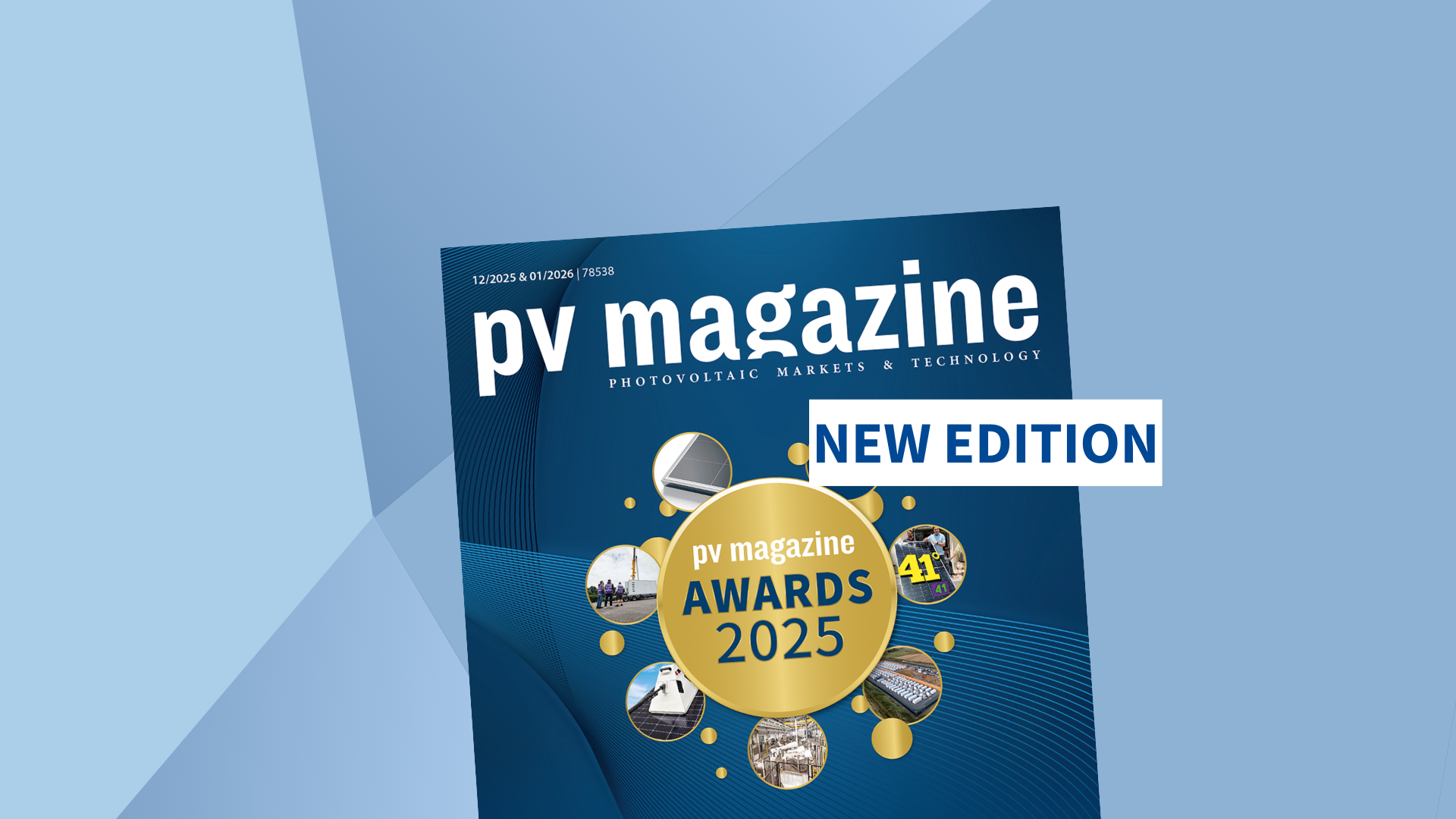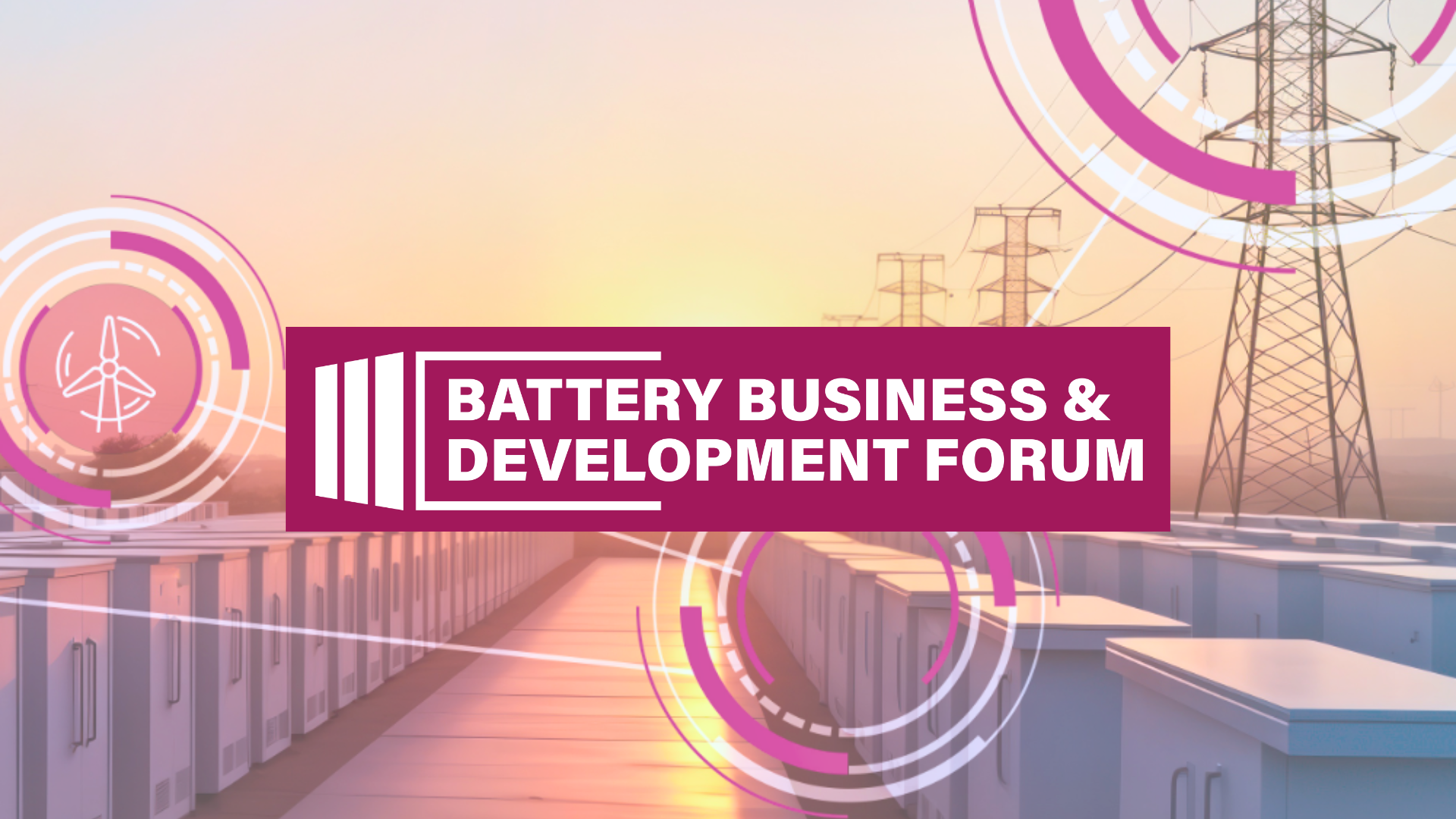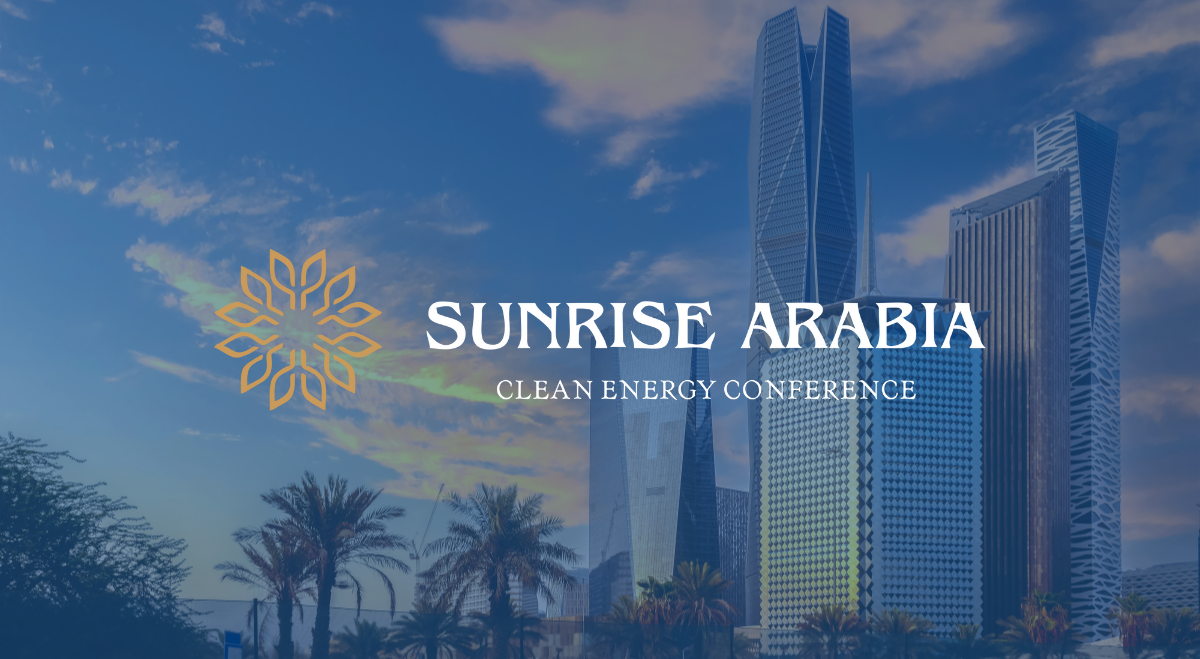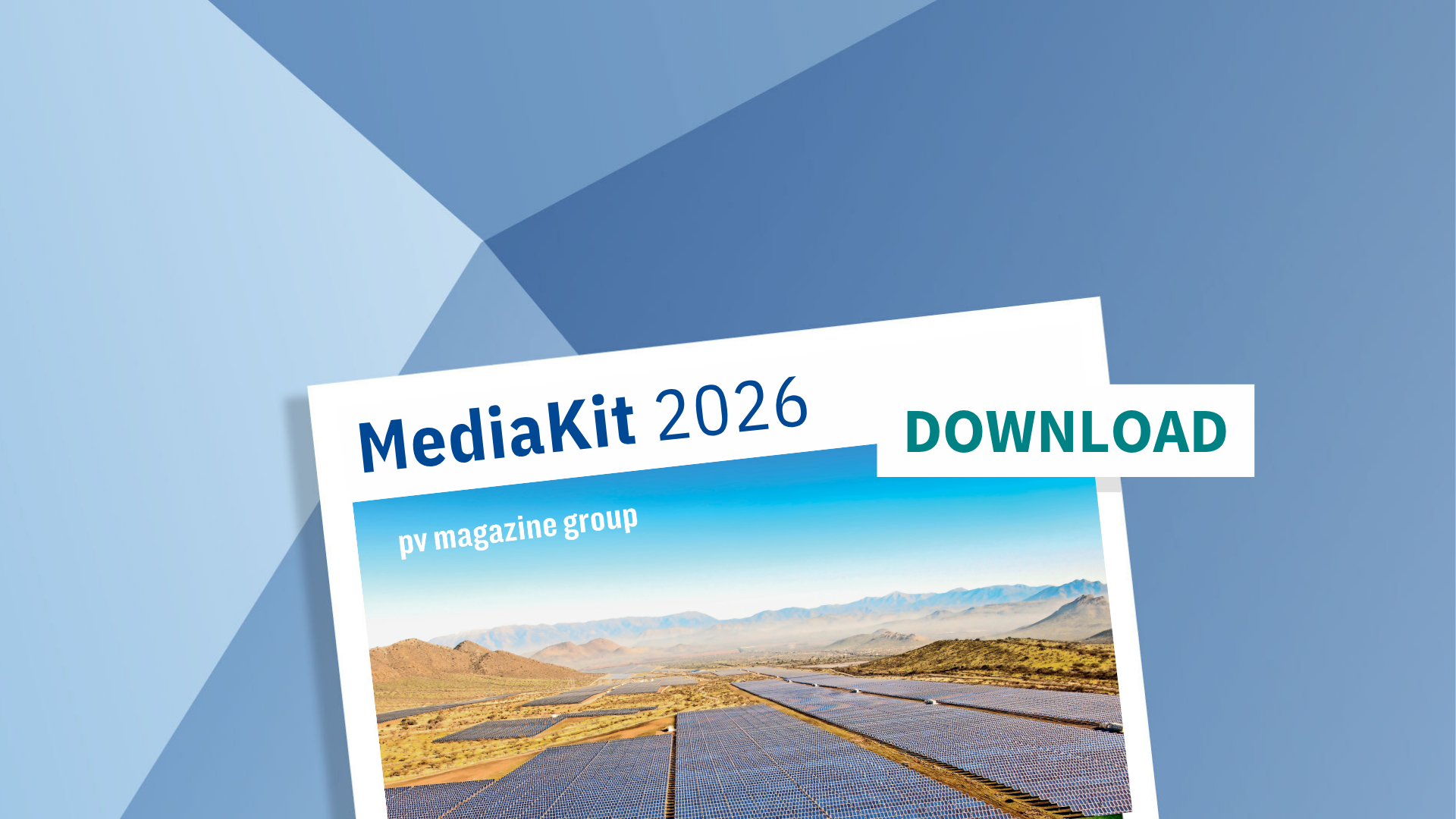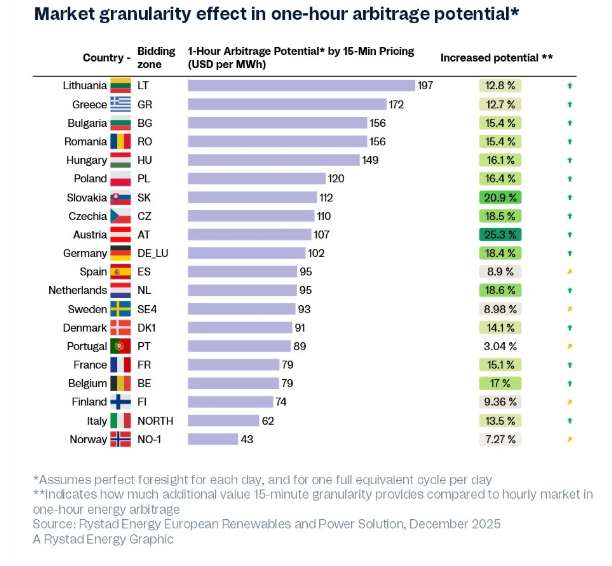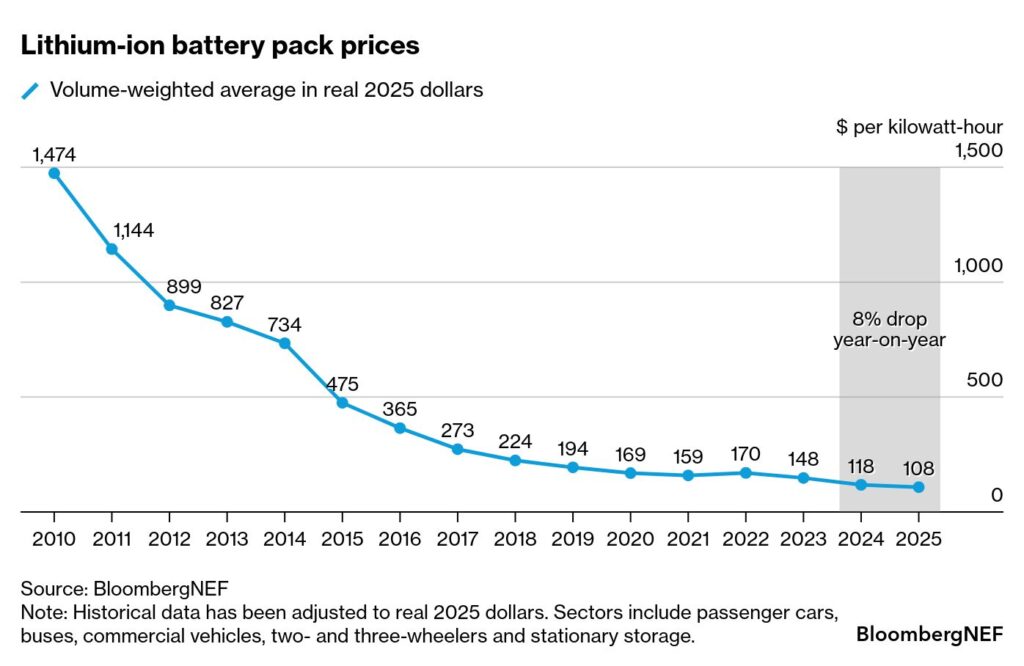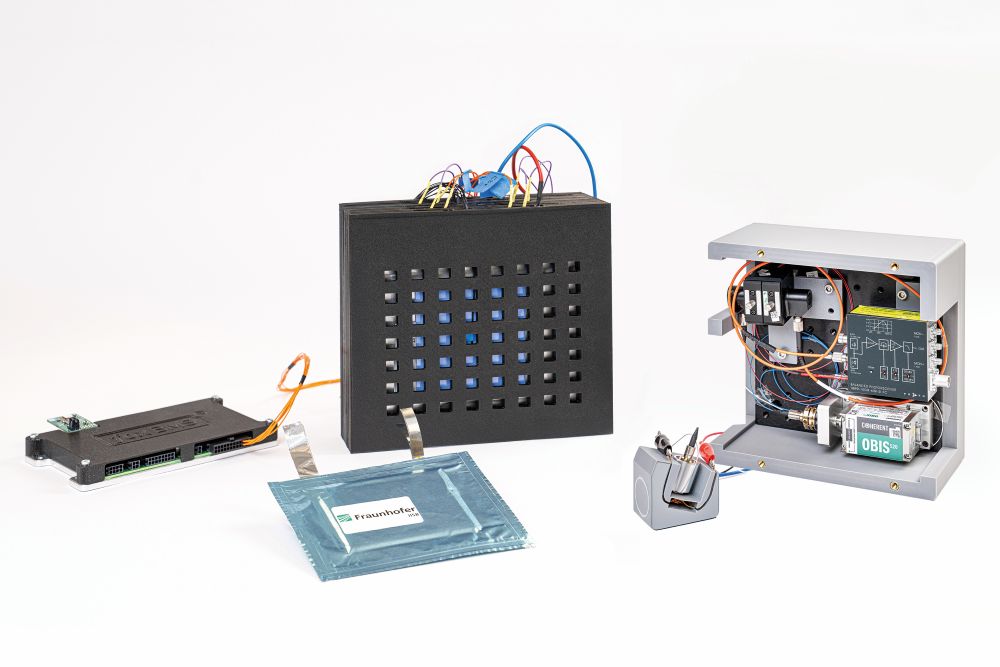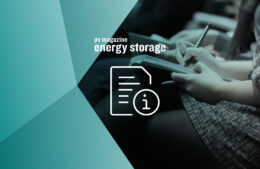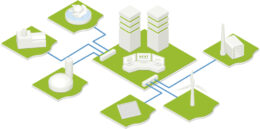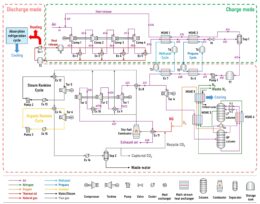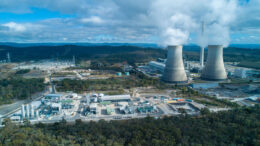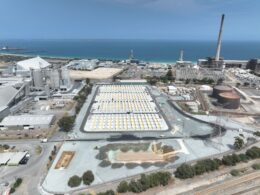Air Energy launches to bring solid-state lithium-air batteries closer to commercialization

Lithium-air batteries could be a gamechanger for energy storage as they have the highest projected energy density of any battery technology being considered for the next generation of batteries beyond lithium-ion.
Last year, the research work led by Larry Curtiss at Argonne National Laboratory and Mohammad Asadi, an associate professor at Illinois Institute of Technology, grabbed the headlines with a coin-sized test cell that demonstrated stability over 1,000 charge and discharge cycles and showed potential to reach a record energy density of 1,200 Wh/kg, which is nearly four times that of lithium-ion batteries and roughly comparable with the energy density of petrol in cars.
The team’s design was also the first lithium-air battery to achieve a four-electron reaction at room temperature. In past lithium-air designs, the chemical reaction for lithium superoxide or peroxide involved one or two electrons stored per oxygen molecule, whereas the new cell produces lithium oxide, which can hold four. More electrons stored means higher energy density.
In addition, the new design could operate with oxygen supplied by air from the surrounding environment, thus eliminating the need for oxygen tanks, which was a problem with earlier designs.
Following this groundbreaking breakthrough in SS-LAB, Curtiss and Asadi have now established Air Energy, together with CEO Ben Drake, with the goal of advancing this transformative technology.
Air Energy aims to address significant challenges posed by traditional lithium-ion batteries, including low energy density, high weight, and safety risks due to flammable liquid electrolytes.
The company’s SS-LAB technology delivers approximately three times the energy density and reduces weight by 300%. This advancement enables high-performance applications such as electric vertical take-off and landing vehicles (eVTOLs).
“The SS-LAB technology unlocks a future of unconstrained energy and power limitations that have plagued battery applications to date,” said Drake. Additionally, the SS-LAB features a critical zero-mass-balance oxygen requirement, providing fail-safe functionality for eVTOL aircraft to enhance operational safety.
In the next year, Air Energy will focus on developing prototypes for small-scale applications like wearable technology and unmanned aerial systems. Over the next five years, the company plans to scale SS-LAB technology to power electric vehicles, personal electronics, and heavy-duty transportation.
Air Energy is a participant in cohort 2 of Resurgence, a cleantech accelerator led by the University of Chicago’s Polsky Center for Entrepreneurship and Innovation in partnership with the UChicago Pritzker School of Molecular Engineering.
Resurgence provides full-spectrum support for its cleantech startups focused on four specific areas of the cleantech industry: energy storage and infrastructure, next-generation nuclear solutions, hydrogen and alternative fuels, and materials refinement and process intensification.
Participation in the Resurgence cleantech accelerator will provide Air Energy with access to critical business training, industry mentorship, and funding opportunities. The team aims to refine its commercialization strategy and strengthen its partnerships.
“We are deeply grateful to the Resurgence team for their guidance and commitment to fostering innovation,” Drake said. “This program is an invaluable resource as we work to accelerate our go-to-market strategy and contribute meaningfully to the clean energy transition.”

